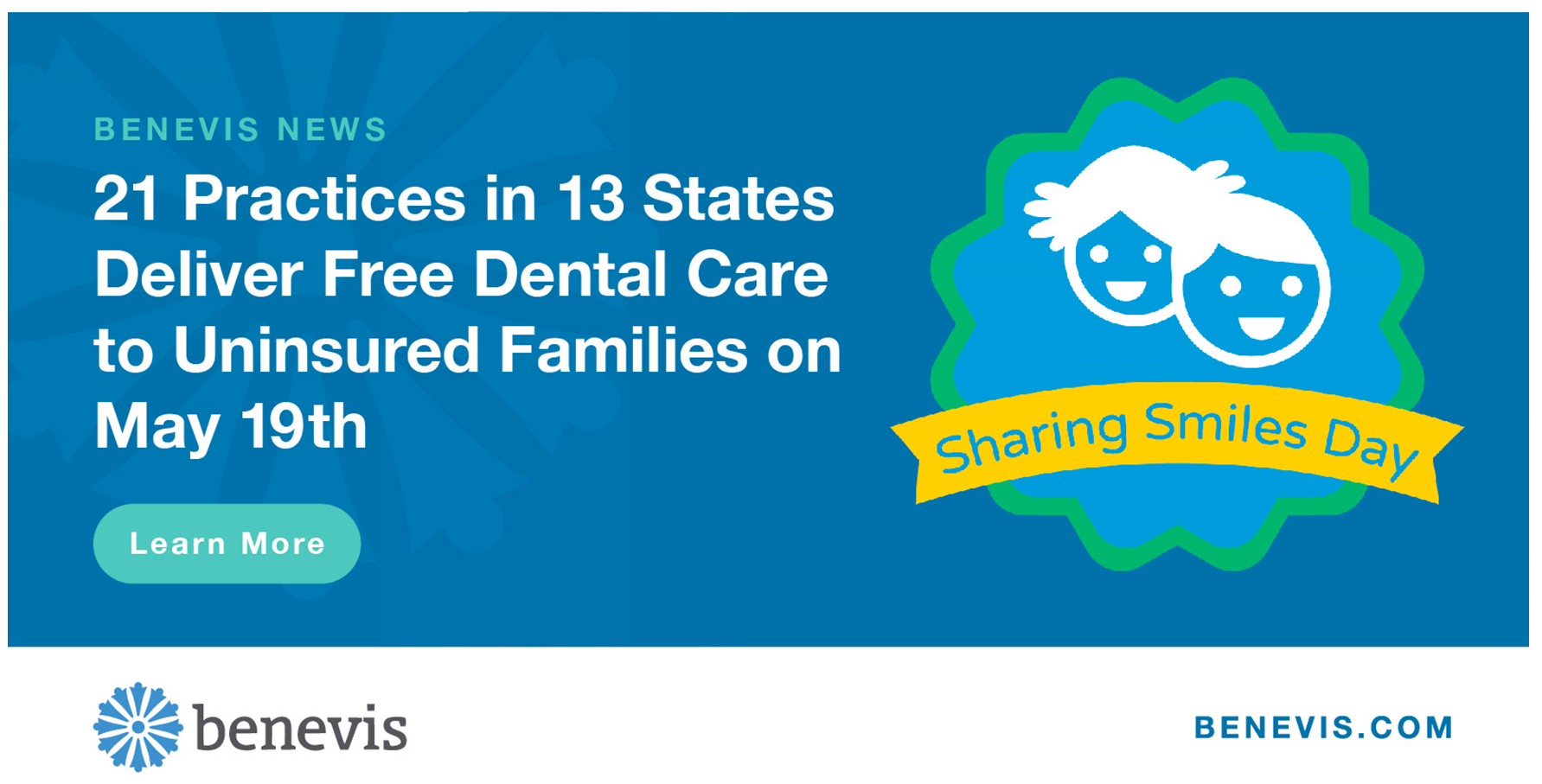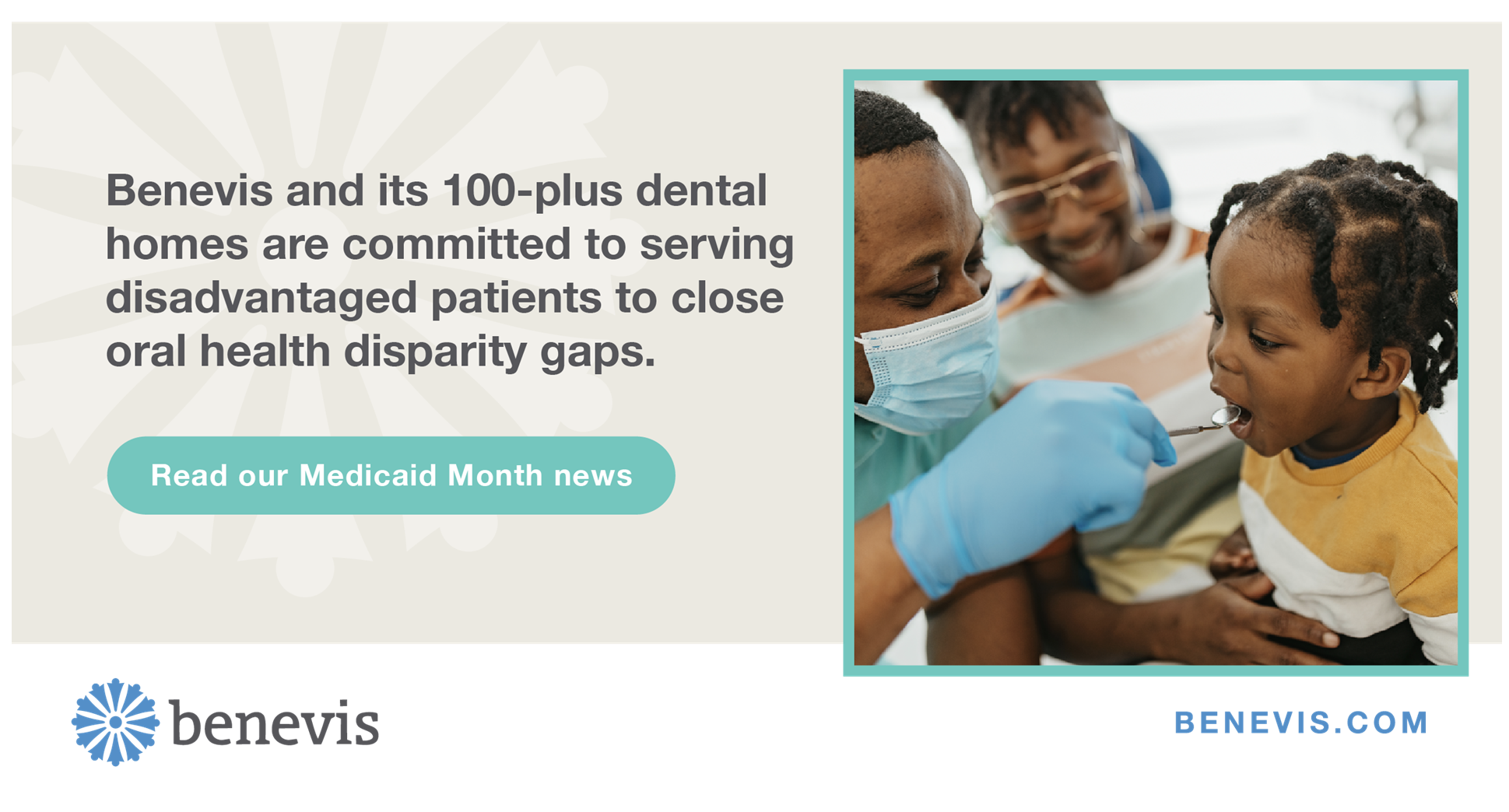The Value of Continuous Medicaid Coverage on Families’ Oral Health
Large Numbers Lose Coverage
Approximately 80 million people nationwide are covered by Medicaid and CHIP plans, and children make up nearly half (47%) of the total enrolled. But between May and June of 2024, Medicaid and CHIP enrollment decreased by 17%, mainly due to the redetermination of last year’s continuous enrollment provision. As of September 2024 most states have completed the unwinding process and an estimated 25 million people have been disenrolled. The severe decline signifies a substantial loss in preventive dental care for many millions of families across the country.

Few Providers Participate
Poor reimbursement rates continue to deter an overwhelming number of dental providers from participating in Medicaid plans. In fact, only 33% of dentists in the U.S. have treated a child with Medicaid or CHIP benefits. According to the American Dental Association, the national average fee-for-service reimbursement rate with Medicaid as a percentage of dental charges is just 29.9% for adults and 39.2% for children. Eight states provide limited dental coverage for adults, and 9 states offer emergency care only or no coverage at all. The low reimbursement rates limit dentists’ ability to cover their costs which limits their participation in Medicaid plans. And that makes it difficult for enrollees to find quality oral care in many states.
Gaps in Care are Costly
The numbers are essential in understanding the magnitude of the health matter. Almost 22% of adults (aged 19 to 64) in the United States do not have dental insurance, and 17% have not sought dental care for 12 months due to the high costs of that care. In addition to an estimated $45 billion in workplace productivity losses and 34 million missed school hours each year in the U.S. following pain from oral health neglect, when people lose dental coverage they often seek treatment at an emergency department (ED). These visits to the ED cost the U.S. $2.7 billion annually with children making up 69% of the total. Not only that, people’s physical, mental, and financial health suffers when their regular care is interrupted.

Continuous Coverage Can Benefit Many
Research shows that stable coverage in Medicaid over longer timeframes lowers healthcare costs. It also shows that regular preventive care in early childhood is crucial for ongoing health and well-being into adulthood. Any gaps in health coverage that interrupt routine care—including Medicaid disenrollment due to household size, income changes or last year’s unwinding of the continuous enrollment provision—threaten our younger population's long-term physical and mental health. From lapses in vaccinations and prescriptions to treatment delays, healthcare needs go unaddressed when regular care is interrupted. While there’s an impact on the welfare of every person experiencing coverage gaps, health disparities skew significantly higher for ethnically and racially diverse individuals. The good news is that we can improve the health of adults and children by providing continuous healthcare coverage through Medicaid and Children's Health Insurance Program (CHIP) plans. Fortunately, existing legislation is in place and new federal legislation is underway to support states’ continuous enrollment plans.
States have been able to automatically re-enroll children for over two decades; unfortunately, however, only half of them actually do. Beginning January 1, 2024, Congress enacted a federal law mandating every state implement a 12-month re-enrollment federal law that provides 12-month continuous enrollment in Medicaid or CHIP for any child under the age of 19. Several states are also taking additional action to deliver multiyear Medicaid or CHIP enrollment for preschool-age children, children moving out of foster care, and children experiencing homelessness. As part of its Early and Periodic Screening, Diagnostic, and Treatment (EPSDT) requirements, the Centers for Medicare & Medicaid Services (CMS) issued comprehensive guidance in September 2024 that supports children's dental healthcare. All of these efforts combined aim to improve access, costs, and health outcomes for millions of children nationwide.
“As an industry, we recognize that preventive care is critical to curbing the long-term consequences of neglected oral health. Yet, millions of Americans lack health insurance or access to care for routine cleanings and check-ups. Enhancing the accessibility of exceptional healthcare begins with providing continuous dental health insurance to diverse patient populations. Children stand to gain the most with sustained coverage,” says Bryan Carey, chief executive officer of Benevis.
Continuous Medicaid and CHIP coverage can protect the oral health of millions of children by ensuring they receive regular dental care. The unwinding of last year’s continuous enrollment provision resulted in significant enrollment declines, limiting access to preventive oral healthcare. Low Medicaid reimbursement rates further hinder dental provider participation, creating gaps in care that disproportionately affect disadvantaged communities. These gaps lead to higher healthcare costs and long-term impacts on children's physical and mental well-being. Recent federal legislation mandating 12-month continuous Medicaid/CHIP enrollment for children is a crucial step in addressing these challenges, with efforts underway to improve access, healthcare outcomes, and health equity nationwide.
To learn more about the dental deficits of the privately and publicly insured, Click Here to view the Benevis' Infographic.

.png)

